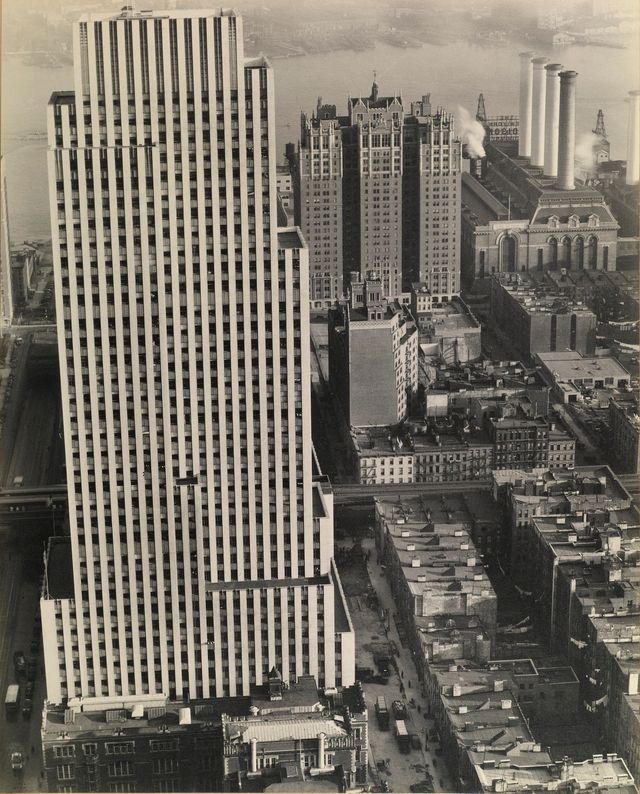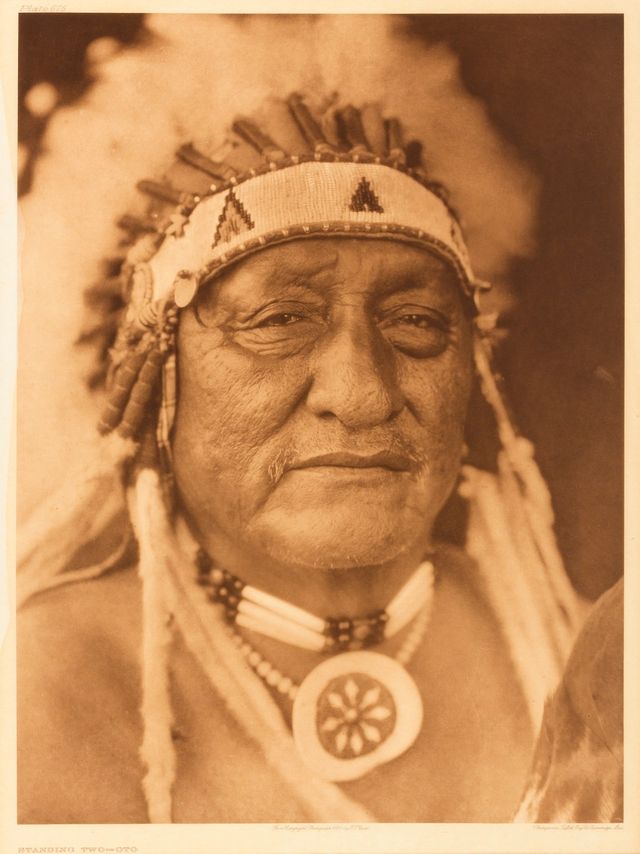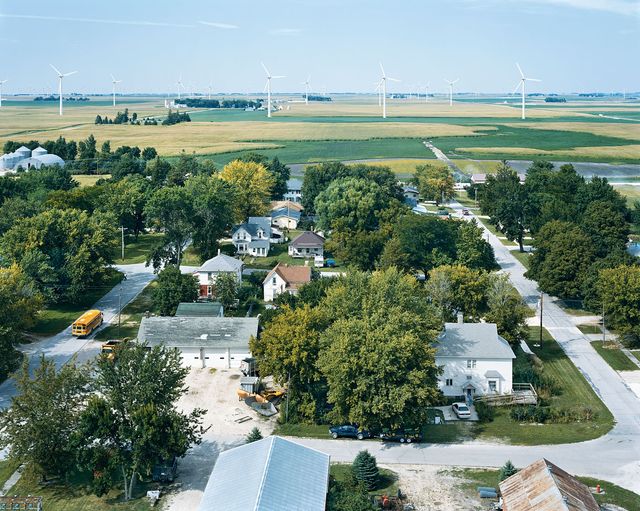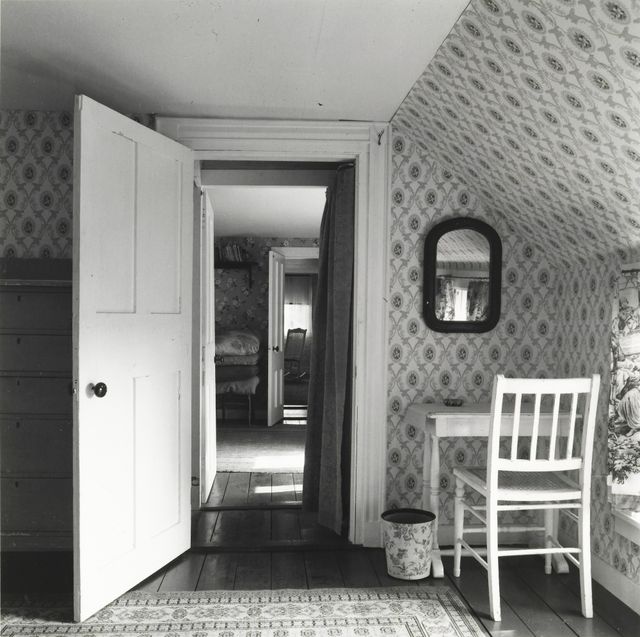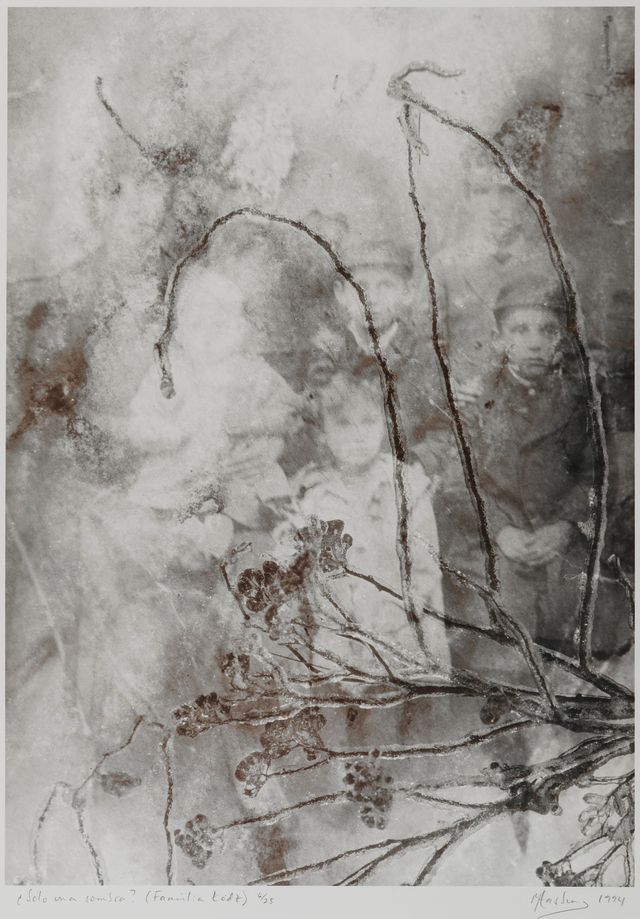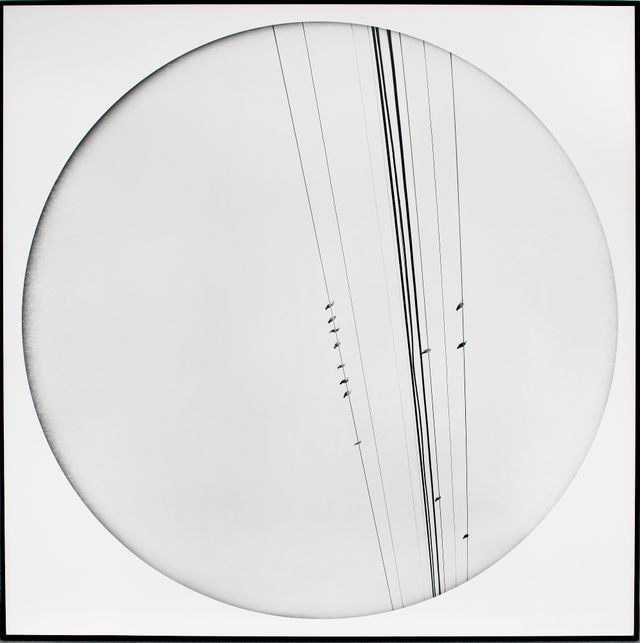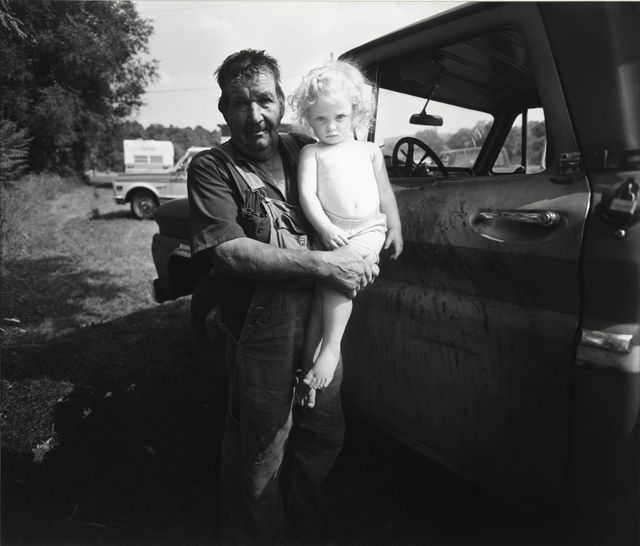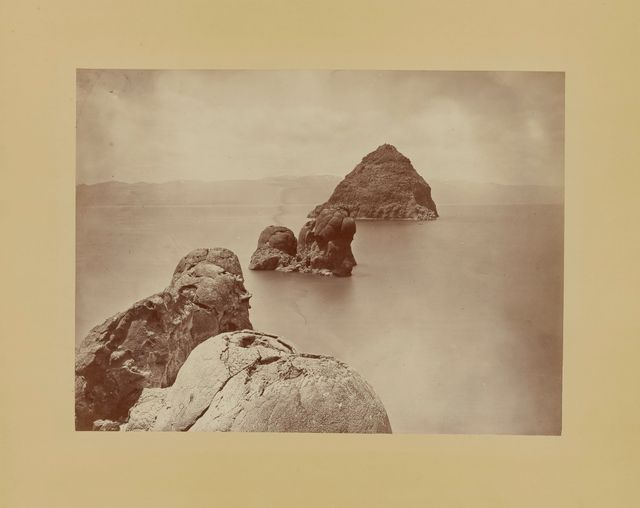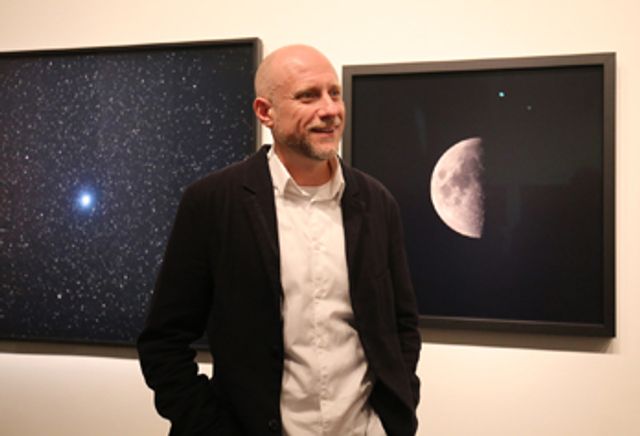A Democracy of Images: Photographs from the Smithsonian American Art Museum

William Eggleston, Tricycle (Memphis), ca. 1975, printed 1980, Smithsonian American Art Museum, Gift of Amy Loeserman Klein © 1975 Eggleston Artistic Trust. All rights reserved. Used by permission.
A Democracy of Images: Photographs from the Smithsonian American Art Museum celebrates the numerous ways in which photography, from early daguerreotypes to contemporary digital works, has captured the American experience. The exhibition’s title is inspired by American poet Walt Whitman’s belief that photography provided America with a new, democratic art form that matched the spirit of the young country.
Marking the thirtieth anniversary of the establishment of the museum’s pioneering photography collection, the exhibition examines photography’s evolution in the United States from a documentary medium to a full-fledged artistic genre and showcases the numerous ways in which it has distilled our evolving idea of “America.”
Description
The exhibition features 113 photographs selected from the museum’s permanent collection, including works by Edward S. Curtis, Timothy H. O’Sullivan, Berenice Abbott, Diane Arbus, Roy DeCarava, Walker Evans, Irving Penn, Trevor Paglen, among others, as well as vernacular works by unknown artists. A number of recent acquisitions are featured, including works by Ellen Carey, Mitch Epstein, Muriel Hasbun, Alfredo Jaar, Annie Leibovitz, Deborah Luster, and Sally Mann. Landscapes, portraits, documentary-style works from the New York Photo League and images from surveying expeditions sent westward after the Civil War are among the images on display, and explore how photographs have been used to record and catalogue, to impart knowledge, to project social commentary, and as instruments of self-expression.
Photography’s arrival in the United States in 1840 allowed ordinary people to make and own images in a way that had not been previously possible. Photographers immediately became engaged with the life of the emerging nation, the activity of new urban centers, and the possibilities of unprecedented access to the vast western frontier. From the nineteenth to the twentieth century, photography not only captured the country’s changing cultural and physical landscape, but also developed its own language and layers of meaning.
A Democracy of Images: Photographs from the Smithsonian American Art Museum is organized around four major themes that defined American photography. “American Characters” examines the ways in which photographs of individuals, places, and objects become a catalogue of our collective memory and have contributed to the ever-evolving idea of the American character. “Spiritual Frontier” investigates early ideas of a vast, inexhaustible wilderness that symbolized American greatness. “America Inhabited” traces the nation’s rapid industrialization and urbanization through images of speed, change, progress, immigration, and contemporary rural, urban, and suburban landscapes. “Imagination at Work” demonstrates how photography’s role of spontaneous witness gradually gave way to contrived arrangement and artistic invention.
The exhibition is organized by Merry Foresta, guest curator and independent consultant for the arts. She was the museum’s curator of photography from 1983 to 1999.
Visiting Information
Credit
A Democracy of Images: Photographs from the Smithsonian American Art Museum is made possible with generous support from Saundra B. Lane, Lisa and John Pritzker, The Crown Equipment Exhibitions Endowment, The Margery and Edgar Masinter Exhibitions Fund, and The Bernie Stadiem Endowment Fund.
Artists
"Paris was where the 20th century was." Should the remark so often quoted and attributed to Gertrude Stein prove apocryphal, it would make no difference.
O'Sullivan began his photography career as an apprentice in Mathew Brady's Fulton Street gallery in New York City and then moved on to the Washington, D.C., branch managed by Alexander Gardner.
The conjunction between art and commerce that winds through Penn's career challenges our usual definitions of both these areas.














